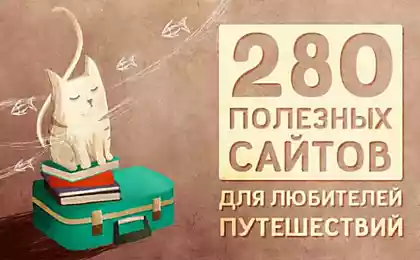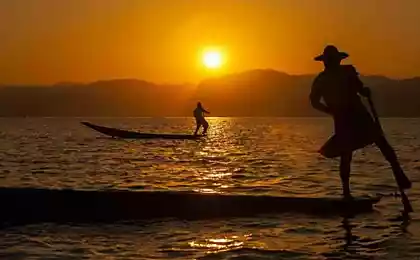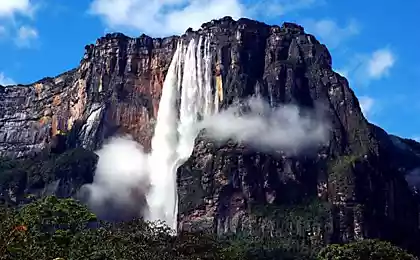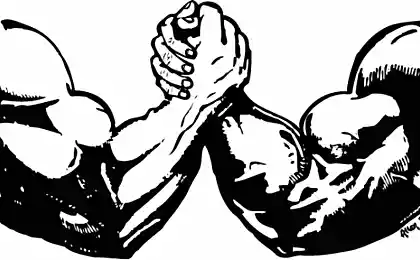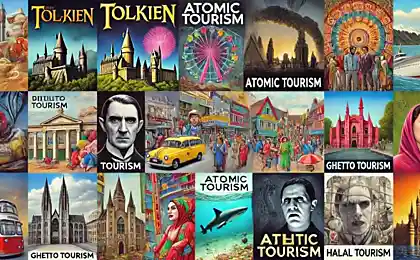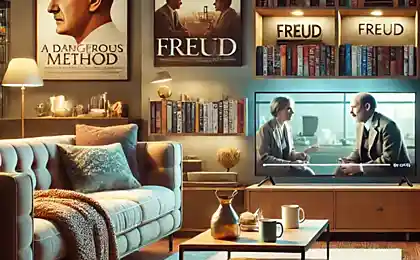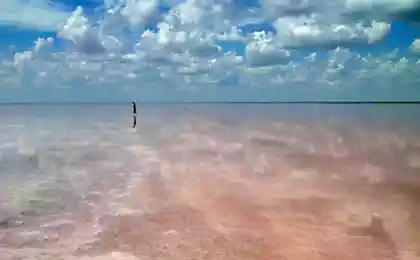691
The Putorana plateau is the lost world of Siberia
Plateau is a vast basaltic plateau, which has never been touched by a plow. It is located in the North-West of the Central Siberian plateau.
From the West and North of the plateau is cut off by abrupt, resembling a giant staircase.
The Putorana is often called the "edge of the ten thousand lakes and thousands of waterfalls" — the number of waterfalls, the plateau really takes the first place in Russia.
But to reach all this beauty, even independently I don't think we need to look for the conductor. Otherwise, too great a risk of getting lost in the deep gorges and canyons.
Let's look at it more ...
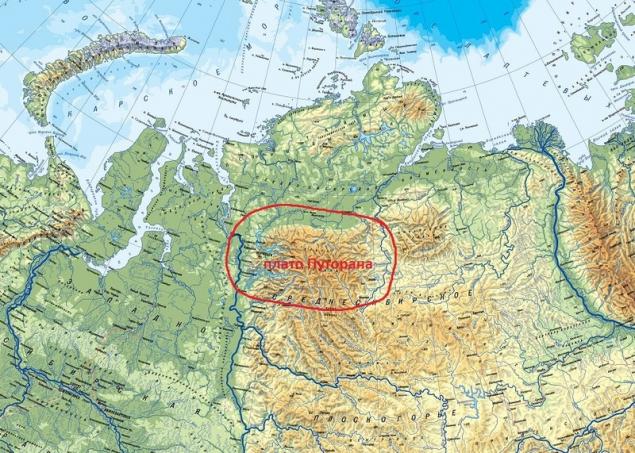
Putorana is the vast and almost untouched by civilization basalt plateau rising in the North of Eastern Siberia, just North of the Arctic circle. The main part of the plateau is established in 1988, Putorana nature reserve is one of the largest in Russia.
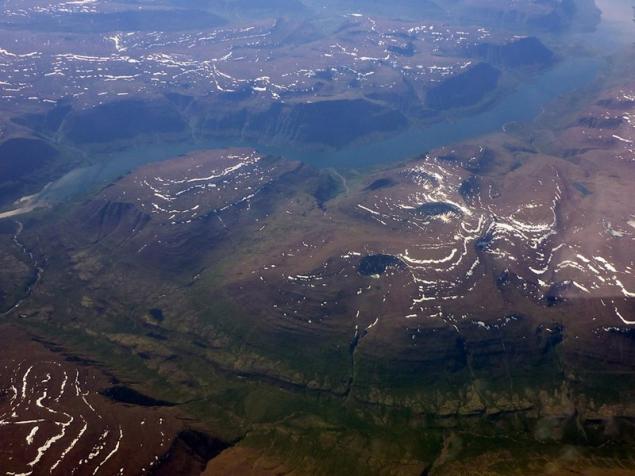
Science is primarily the Geology and geomorphology of this mountainous terrain gives the classic example of the so-called trap, or stepped relief. This is a complex of high flat-peaked massifs, separated by deep and wide stepped canyons.
Such relief appeared here as a result of raising the ancient lava plateau formed (at the turn of Paleozoic and Mesozoic) in the outpouring of huge masses of hot basalt that resulted in a thicker lava giant tectonic faults. Due to the different strength of horizontally lying basalt and tuff layers of the formed slopes of the gorges acquired a pronounced stepwise character.
The power of the lava cover in the centre of the Putorana reaches 1500 m, where the mountain slopes are bare, it can be up to 40 layers.

Tectonic cracks were developed over time by glaciers and occupied by rivers and deep narrow lakes (Lama, Keta, Deep, Khantaika, Ayan, etc.) that generate it look unique and very characteristic for the plateau. These exotic flagoobraznye lakes reaching 100-150 km in length and depths to 400 m, are considered the largest in Siberia after Baikal and Teletskoye lake. They store abundant reserves of pure fresh water.
Just on a plateau more than 25 thousand lakes, but only 18 of them have an area more than 100 sq. km.
Another adornment of the plateau are numerous waterfalls, including the waterfall with a height of 108 m in the valley of the river Kanda, one of the highest in Russia.
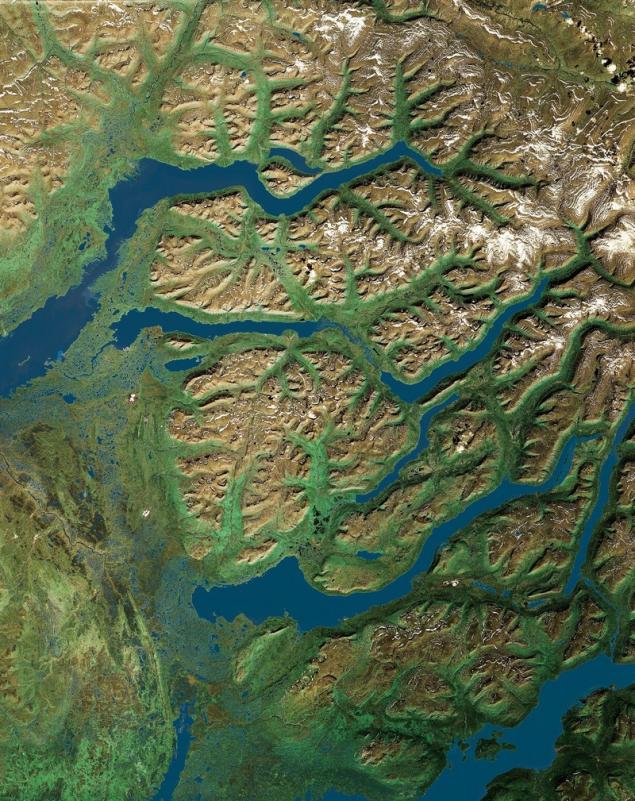
The main climatic boundaries divide the Putorana plateau in two directions, that identifies unexpectedly high for these latitudes biodiversity. One frontier defines the boundary of the Northern taiga and forest tundra, the other divides the plateau into Western and Eastern parts and determines the Eastern limit of distribution zapadnaia vegetation.
The vegetation is represented by larch taiga and montane tundra.
In the floristic list of the reserve has about 400 species of higher plants, including several rare, relic and endemic forms.
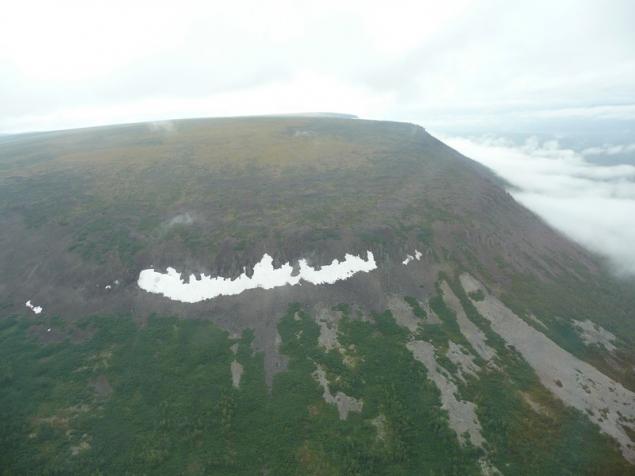
Mammals in the reserve 34. Here is the migratory path of the largest in Eurasia and, obviously, in the world of the Taimyr population of wild reindeer numbering more than 500 thousand heads. Plateau - the world's only habitat of one of the most poorly known hoofed animals listed in the Red book of the Russian Federation - the Putorana bighorn sheep, which is about 15 thousand years ago was cut off from the main population and formed as a separate subspecies.
Been recorded in the reserve around 140 species of birds. The main part of their breeding here, including rare raptors, the white-tailed eagle and Gyrfalcon, the number of nests which are on the plateau particularly large. Numerous Putorana ponds serve as resting places for thousands of migratory birds.
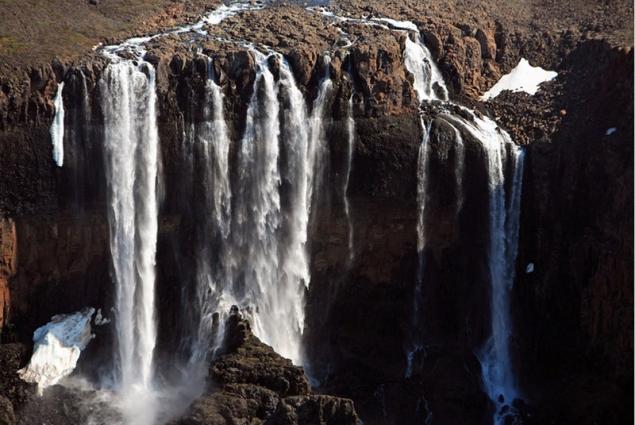
For plateau the usual kind of trap terrain, emerging from a huge lastricato projections, as well as unique table mountains with a height of 1000 – 1500 meters above sea level, crossed by huge canyons.
Concentration of waterfalls here is higher than anywhere in Russia. In the world no other such lofty province that could compare with the Putorana plateau in the number and depth of lakes. There are more than 25 thousand up to a length of 150 km and a depth of 400 metres.
For plateau characterized by a combination of plant and animal communities of the forest (North), bald bald (mountain-forest-tundra), bald (mountain tundra) altitude and landscape zones.
There are more than 1,300 species of plants. In the basins of the rivers Kutaramakan and Irokinda pass the northeastern border of distribution of Siberian larch and Siberian spruce. Here is the Northern limit of the distribution of flying squirrels, lynx, sable, stone cold.
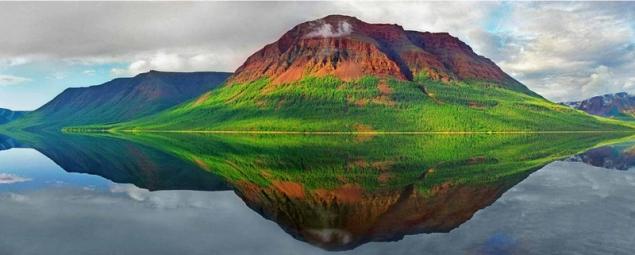
A unique feature of the site is that it is located within the zoogeographic boundaries of the Yenisei, which is recognized as one of the most large-scale meridional biogeographic borders of Eurasia. This is due to the increased species diversity of the local fauna.
The reserve is inhabited by 36 species of fish, 1 species of amphibians and 184 species of birds, 34 species of mammals. Through the territory of the plateau lies the migration route of Eurasia's largest population of wild reindeer Taimyr. There dwells a little-studied form of native bighorn sheep: about 15 000 years ago this population was isolated from the main range of the species. Of rare and endangered birds deserve special attention piskulka, Gyrfalcon, white-billed diver, red-breasted goose, small Swan, osprey, Golden eagle.
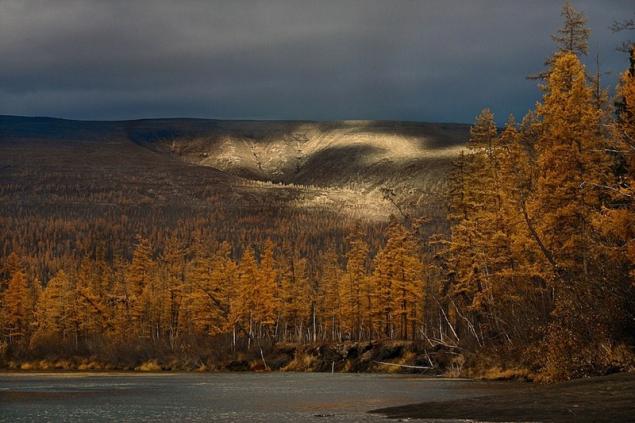
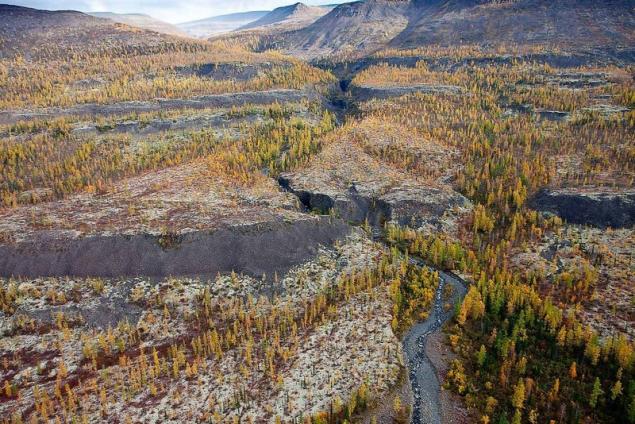



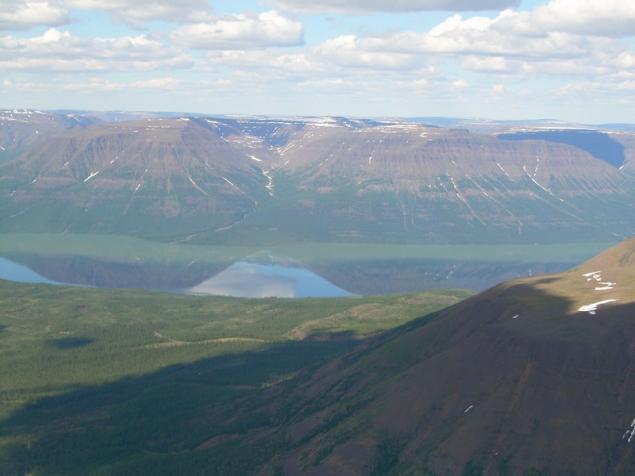
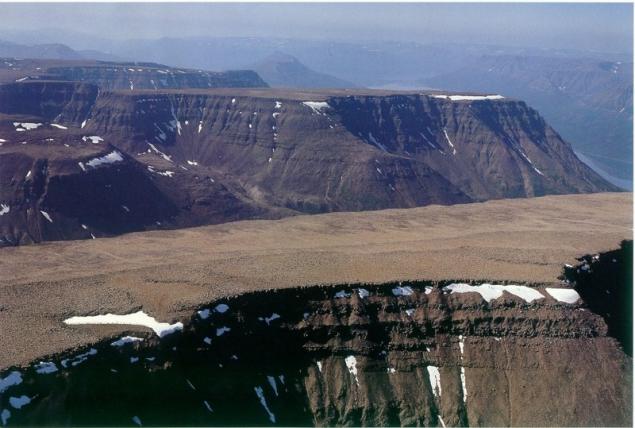
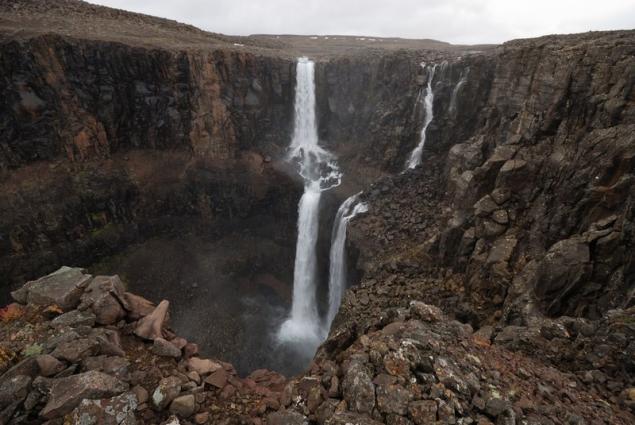
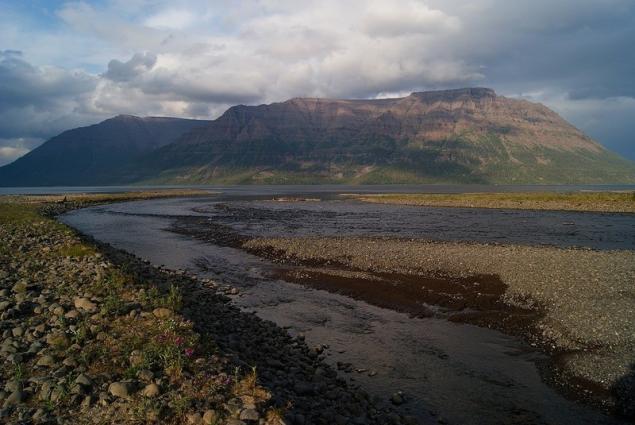
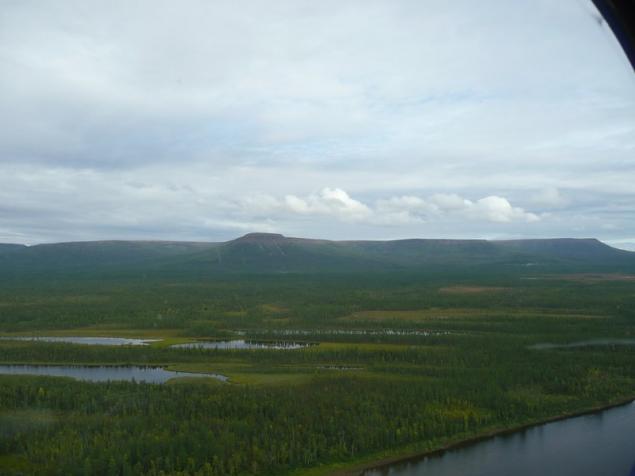
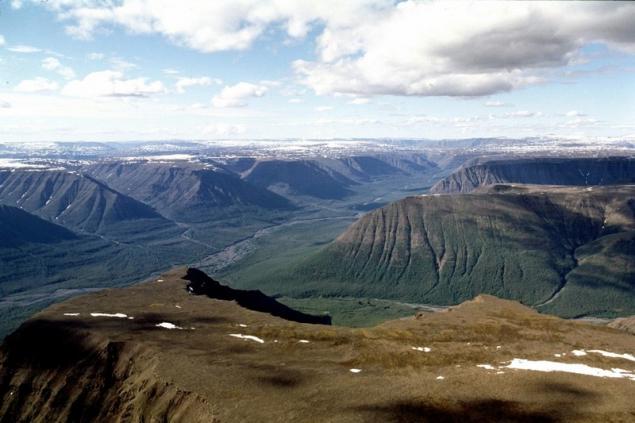

published
P. S. And remember, only by changing their consumption — together we change the world! ©
Join us in Facebook , Vkontakte, Odnoklassniki
Source: masterok.livejournal.com/2472473.html
From the West and North of the plateau is cut off by abrupt, resembling a giant staircase.
The Putorana is often called the "edge of the ten thousand lakes and thousands of waterfalls" — the number of waterfalls, the plateau really takes the first place in Russia.
But to reach all this beauty, even independently I don't think we need to look for the conductor. Otherwise, too great a risk of getting lost in the deep gorges and canyons.
Let's look at it more ...

Putorana is the vast and almost untouched by civilization basalt plateau rising in the North of Eastern Siberia, just North of the Arctic circle. The main part of the plateau is established in 1988, Putorana nature reserve is one of the largest in Russia.

Science is primarily the Geology and geomorphology of this mountainous terrain gives the classic example of the so-called trap, or stepped relief. This is a complex of high flat-peaked massifs, separated by deep and wide stepped canyons.
Such relief appeared here as a result of raising the ancient lava plateau formed (at the turn of Paleozoic and Mesozoic) in the outpouring of huge masses of hot basalt that resulted in a thicker lava giant tectonic faults. Due to the different strength of horizontally lying basalt and tuff layers of the formed slopes of the gorges acquired a pronounced stepwise character.
The power of the lava cover in the centre of the Putorana reaches 1500 m, where the mountain slopes are bare, it can be up to 40 layers.

Tectonic cracks were developed over time by glaciers and occupied by rivers and deep narrow lakes (Lama, Keta, Deep, Khantaika, Ayan, etc.) that generate it look unique and very characteristic for the plateau. These exotic flagoobraznye lakes reaching 100-150 km in length and depths to 400 m, are considered the largest in Siberia after Baikal and Teletskoye lake. They store abundant reserves of pure fresh water.
Just on a plateau more than 25 thousand lakes, but only 18 of them have an area more than 100 sq. km.
Another adornment of the plateau are numerous waterfalls, including the waterfall with a height of 108 m in the valley of the river Kanda, one of the highest in Russia.

The main climatic boundaries divide the Putorana plateau in two directions, that identifies unexpectedly high for these latitudes biodiversity. One frontier defines the boundary of the Northern taiga and forest tundra, the other divides the plateau into Western and Eastern parts and determines the Eastern limit of distribution zapadnaia vegetation.
The vegetation is represented by larch taiga and montane tundra.
In the floristic list of the reserve has about 400 species of higher plants, including several rare, relic and endemic forms.

Mammals in the reserve 34. Here is the migratory path of the largest in Eurasia and, obviously, in the world of the Taimyr population of wild reindeer numbering more than 500 thousand heads. Plateau - the world's only habitat of one of the most poorly known hoofed animals listed in the Red book of the Russian Federation - the Putorana bighorn sheep, which is about 15 thousand years ago was cut off from the main population and formed as a separate subspecies.
Been recorded in the reserve around 140 species of birds. The main part of their breeding here, including rare raptors, the white-tailed eagle and Gyrfalcon, the number of nests which are on the plateau particularly large. Numerous Putorana ponds serve as resting places for thousands of migratory birds.

For plateau the usual kind of trap terrain, emerging from a huge lastricato projections, as well as unique table mountains with a height of 1000 – 1500 meters above sea level, crossed by huge canyons.
Concentration of waterfalls here is higher than anywhere in Russia. In the world no other such lofty province that could compare with the Putorana plateau in the number and depth of lakes. There are more than 25 thousand up to a length of 150 km and a depth of 400 metres.
For plateau characterized by a combination of plant and animal communities of the forest (North), bald bald (mountain-forest-tundra), bald (mountain tundra) altitude and landscape zones.
There are more than 1,300 species of plants. In the basins of the rivers Kutaramakan and Irokinda pass the northeastern border of distribution of Siberian larch and Siberian spruce. Here is the Northern limit of the distribution of flying squirrels, lynx, sable, stone cold.

A unique feature of the site is that it is located within the zoogeographic boundaries of the Yenisei, which is recognized as one of the most large-scale meridional biogeographic borders of Eurasia. This is due to the increased species diversity of the local fauna.
The reserve is inhabited by 36 species of fish, 1 species of amphibians and 184 species of birds, 34 species of mammals. Through the territory of the plateau lies the migration route of Eurasia's largest population of wild reindeer Taimyr. There dwells a little-studied form of native bighorn sheep: about 15 000 years ago this population was isolated from the main range of the species. Of rare and endangered birds deserve special attention piskulka, Gyrfalcon, white-billed diver, red-breasted goose, small Swan, osprey, Golden eagle.












published
P. S. And remember, only by changing their consumption — together we change the world! ©
Join us in Facebook , Vkontakte, Odnoklassniki
Source: masterok.livejournal.com/2472473.html


